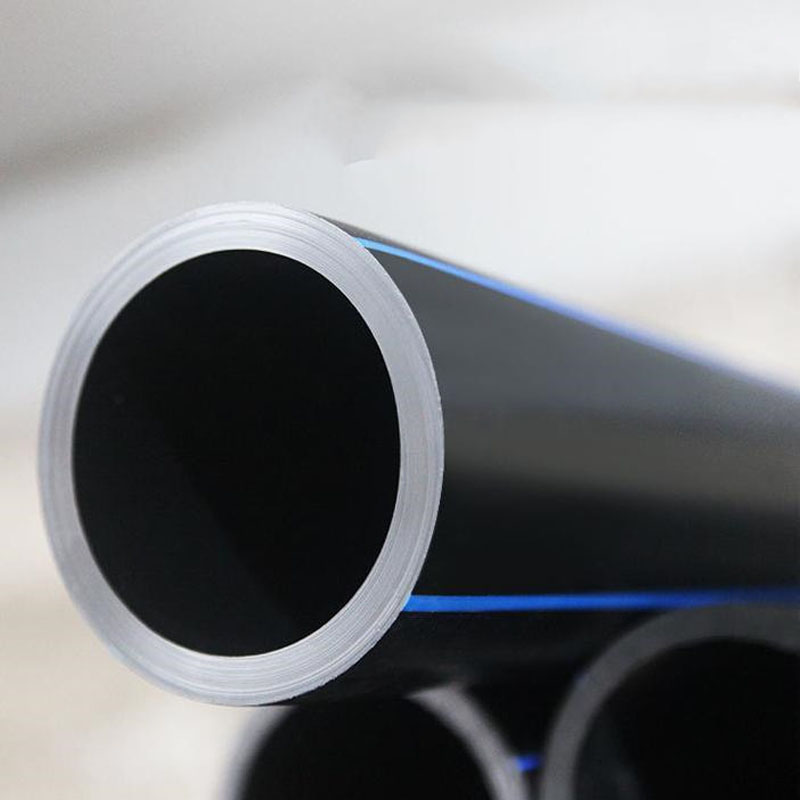Nov . 09, 2024 17:07 Back to list
Connecting HDPE Pipes to PVC Pipes for Seamless Water Flow Solutions
Connecting HDPE Pipes to PVC Pipes A Comprehensive Guide
In the realm of plumbing and piping systems, HDPE (High-Density Polyethylene) and PVC (Polyvinyl Chloride) pipes are two of the most widely used materials due to their durability, resistance to corrosion, and versatility. However, there are scenarios where it becomes essential to connect these two different types of piping systems. This article will delve into the methods and considerations for achieving a secure and effective connection between HDPE and PVC pipes.
Understanding HDPE and PVC
HDPE is a thermoplastic polymer known for its high strength-to-density ratio. It is often used in applications such as water and gas distribution, sewage systems, and industrial piping due to its excellent durability and resistance to a wide range of chemicals. On the other hand, PVC is also a thermoplastic polymer, commonly used in construction, drainage systems, and electrical conduit because of its rigidity and low cost. Despite their different properties and applications, both HDPE and PVC can be effectively used in modern plumbing systems.
Importance of Proper Connection
Connecting HDPE and PVC pipes effectively is crucial for maintaining the integrity and efficiency of the piping system. Improper connections can lead to leaks, reduced pressure, and even failure in the plumbing system. Therefore, understanding the best practices and methods for connecting these two types of pipes is essential for any plumbing project.
Methods for Connecting HDPE and PVC Pipes
1. Mechanical Couplings This is one of the most common methods used to connect HDPE and PVC pipes. Mechanical couplings are designed to connect different types of pipes without the need for special fittings or adhesives. These devices usually consist of a rubber gasket and metal clamps that can be tightened to create a secure connection. The adaptability of mechanical couplings allows them to accommodate variations in pipe dimensions, making them suitable for both HDPE and PVC.
hdpe pipe to pvc pipe connection service

2. Transition Fittings Transition fittings are specifically designed to connect two different types of pipes. These fittings are engineered to create a tight seal between HDPE and PVC pipes, ensuring leak-free performance. It is essential to select the right size fitting compatible with both HDPE and PVC to guarantee a proper connection.
3. Solvent Cement While generally not recommended for permanently fixed applications, solvent cement can be used to join PVC to specific HDPE fittings designed for solvent connections. This method requires careful application and proper curing time to ensure a solid joint. It’s important to note that this approach should be undertaken with caution and is not suitable for all applications.
4. Fusion Welding For HDPE pipes, fusion welding is a common method of joining pipes, but it is not applicable to PVC. However, one can employ fusion welding techniques for HDPE sections and then use mechanical couplings or appropriate fittings to connect to the PVC. This method is beneficial for ensuring a robust connection on the HDPE side.
Considerations When Connecting HDPE to PVC
- Compatibility Always ensure the compatibility of pipes and fittings when planning connections. Mismatched diameters or incompatible materials can lead to failures. - Environmental Factors Consider temperature and chemical exposure in your application when choosing connection methods. Some adhesives may be affected by temperature changes or chemical exposure, impacting their effectiveness.
- Pressure Ratings Verify that the fittings and connection methods used can withstand the pressure demands of your system. Both HDPE and PVC have different pressure ratings that must be respected to avoid leaks.
Conclusion
Connecting HDPE and PVC pipes might seem challenging due to their differences, but with proper techniques and tools, it can be accomplished effectively. Whether using mechanical couplings, transition fittings, or fusion methods, ensuring a secure connection is vital for optimal performance and longevity of the plumbing system. Adhering to best practices and considering the specific requirements of your project will yield successful results, allowing you to leverage the strengths of both HDPE and PVC in your piping systems.
-
High-Quality PVC Borehole Pipes Durable & Versatile Pipe Solutions
NewsJul.08,2025
-
High-Quality PVC Perforated Pipes for Efficient Drainage Leading Manufacturers & Factories
NewsJul.08,2025
-
High-Quality PVC Borehole Pipes Durable Pipe Solutions by Leading Manufacturer
NewsJul.08,2025
-
High-Quality PVC Borehole Pipes Reliable PVC Pipe Manufacturer Solutions
NewsJul.07,2025
-
High-Quality UPVC Drain Pipes Durable HDPE & Drain Pipe Solutions
NewsJul.07,2025
-
High-Quality Conduit Pipes & HDPE Conduit Fittings Manufacturer Reliable Factory Supply
NewsJul.06,2025

